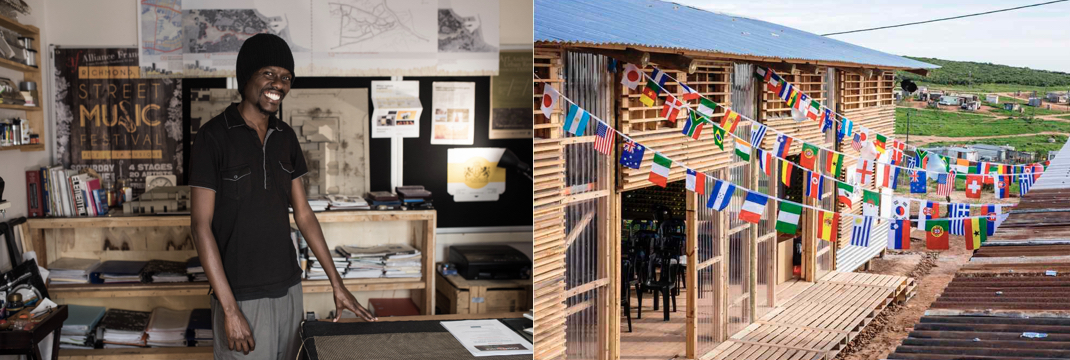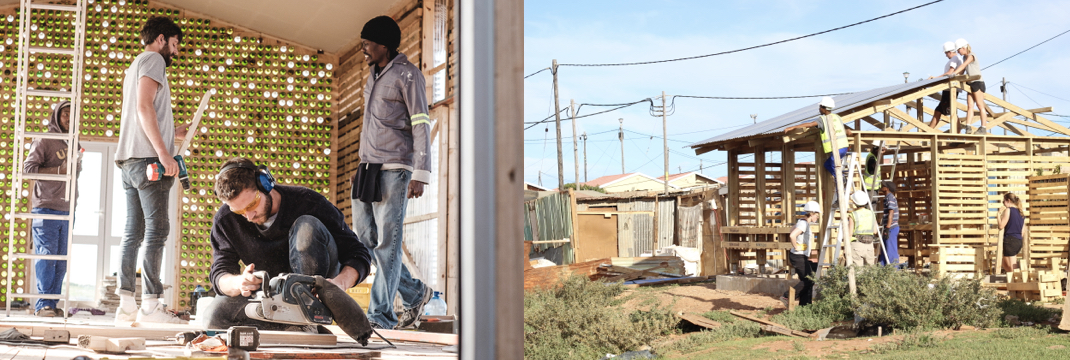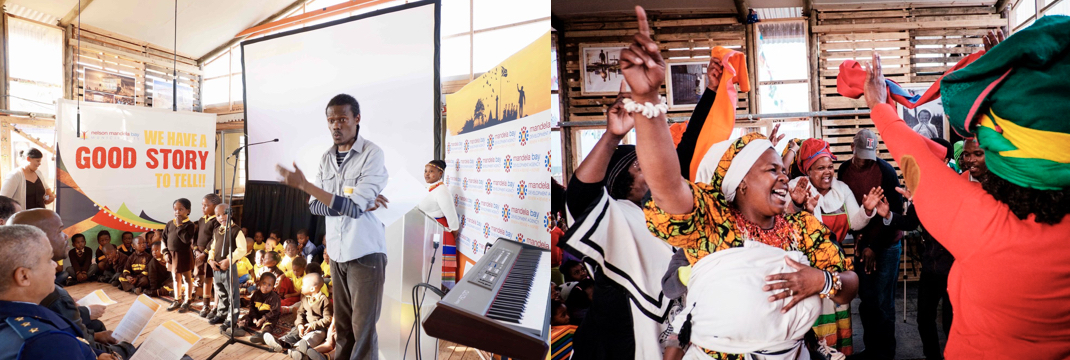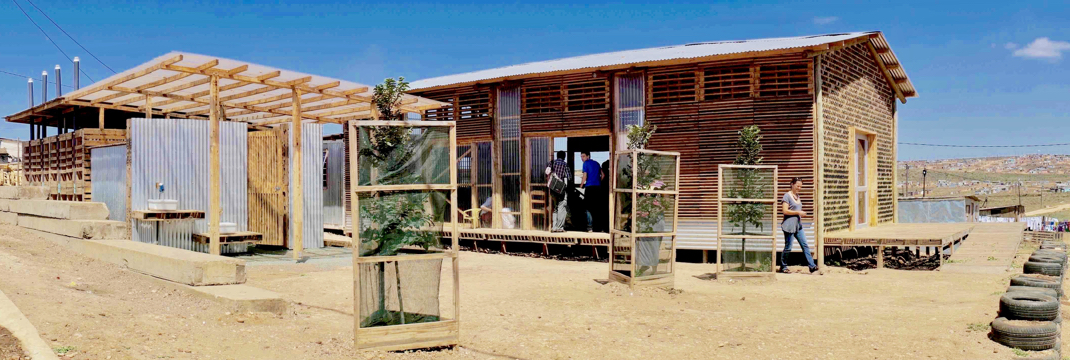Unpacking Kevin Kimwelle in just 10 questions? Perhaps a bit ambitious. Never the less here’s some insight into what makes this innovative architect tick and why his role as Project Manager for Penguins Preschool is such a natural fit.
1. Tell us your story. Where do you come from? What brought you to SA?_ I was born and raised in Nairobi, Kenya. I gathered my foundations in architecture studies in Kenya then came to SA to further my architecture proficiency.
2. What are you passionate about?_ I am passionate about socioeconomic development, esp. in communities (more so in poorer communities). I enjoy digging into communities and together coming up with solutions that solve their problems whilst introducing sustainability and hence achieving greater social impact.
3. What made you excited about stepping into the role of Project Manager & realisation architect for Penguins Preschool?_ The project makes a clear statement about plastic which is causing serious environmental degradation. The project design thinking and compassion towards social needs totally sold me. The project team also made it easy for me to connect and collaborate in this project especially as I believe todays global challenges require more collaborating thinking. Indalo is excited by the invitation to contribute as the project is creative, alternative, participatory and green oriented, all core to my beliefs, and I am excited to contribute some innovative green design input.
4. Have you completed any similar innovative projects in the past?_ I have been involved in a varied innovative works mainly with NGO's. The projects ranged from exhibitions, street architecture, an education centre, to a cultural centre in a heritage precinct. Most of my work pushes the boundary in being unconventional and has 'latent' social advocacy. The Joe Slovo Community project in Port Elizabeth is probably one of the more known works especially due to its radical approach using 80% recycled materials
5. Two items you couldn’t live without if you were stranded on a deserted island?_ A piano and a writing kit.
6. Your favourite part of community development work?_ It difficult to have a favourite part; innovative design conceptualisation is always fun but so is the hands on construction and realisation of such innovative concepts and solutions. There are difficult challenges such as ensuring successful participatory/co-design while working with poor communities. Or the joy when the community finally has buy-in, acceptance and ownership of the project. The fundraising is deceivingly one of the most difficult tasks and it’s always a celebratory moment when funders give the green light.
7. Considering how many Port Elizabethans have contributed towards this project, what role would you imagine the greater public / passionate EcoBrickers can play in this project once construction begins?_ There will be work to do in this collaboration. EBE, Cap e.V and Indalo is already mobilising professional consultants, various institutions, organisations, various entities and active citizens to participate as the project will require a significant amount of volunteers to make it affordable and to build up the movement. It will be exciting to have the public and EcoBrickers on site with their work gloves on.
8. If you weren’t practicing architecture or community development what would you be doing?_ Teaching.
9. What inspires you?_ Giving hope and a chance to a better life especially to those in poorer and disadvantaged communities be it in Africa, the third world, or even the developed world.
10. How do you unwind?_ Listening to good music, hiking and mountain biking, visiting galleries and exhibition visits and engaging in stimulating conversations.
To keep up to date with Penguins Project keep an eye on its project page here.